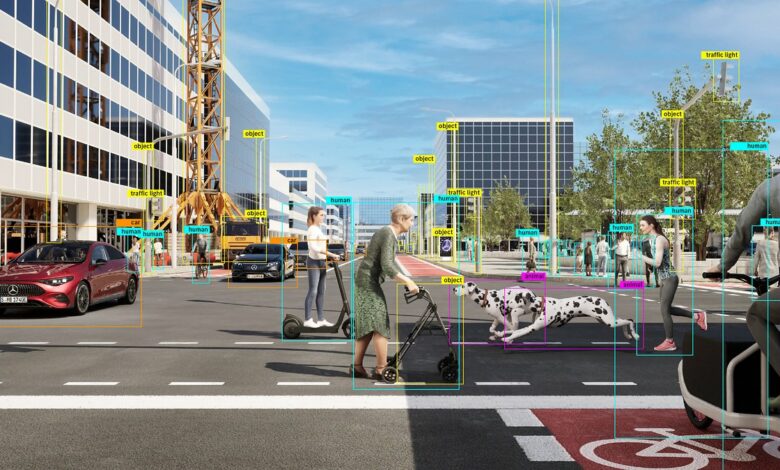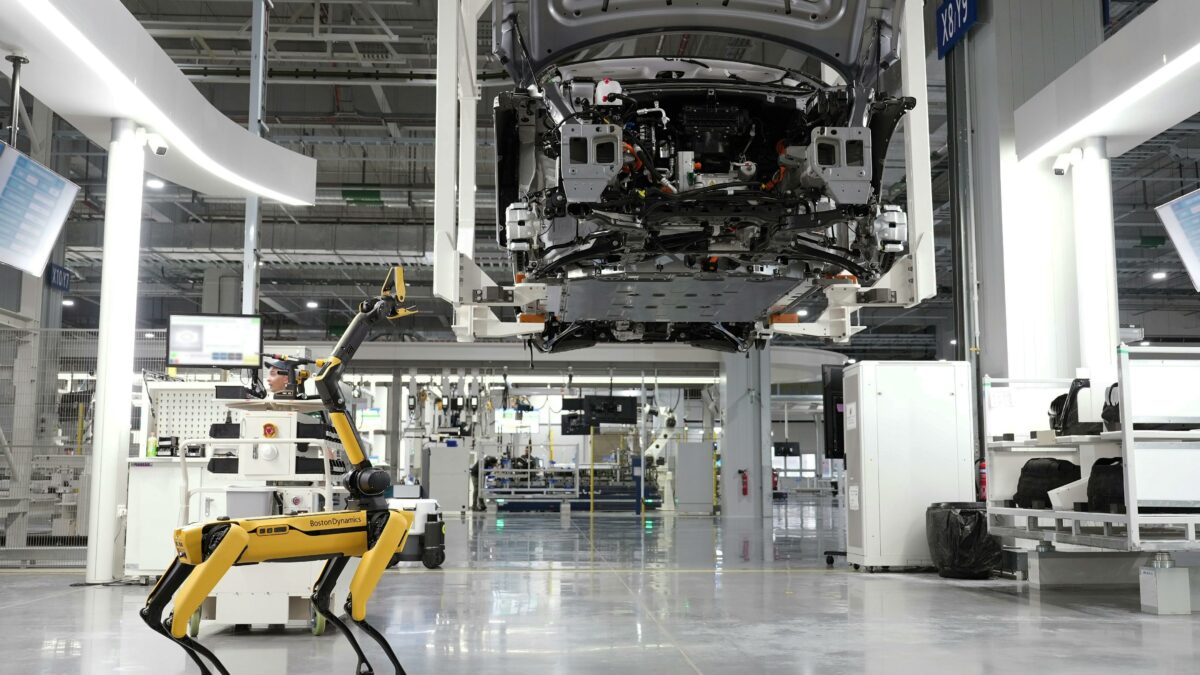
Real Roads, Safer Drives: How Mercedes-Benz Turns Daily Traffic into Lifesaving Data
Mercedes-Benz is taking a decisive step toward safer mobility by learning from the place that matters most: real roads. From July 2025, the brand will use opt-in image, video, and sensor data from customer vehicles to refine its advanced driver-assistance systems (ADAS) and future automated-driving features. The principle is simple but powerful—expose algorithms to authentic traffic patterns and they’ll better recognize the world: a cyclist weaving through cars, a scooter darting from a curb, a pedestrian half-hidden by a bus, or a construction zone that didn’t exist yesterday.
Unlike synthetic datasets or closed-track trials, everyday driving supplies rare edge cases at scale. That diversity helps train perception models to detect and classify objects more reliably, improve lane-keeping and adaptive cruise behavior, and sharpen decision-making in poor weather or low light. The result flows back to drivers via software updates, so improvements are shared across the fleet rather than limited to new models.
Mercedes-Benz stresses digital responsibility as a foundation of the program. Data is collected with the consent of vehicle owners, and processing emphasizes privacy protection and purpose limitation—capturing only what’s relevant to safety development. The company frames this not as surveillance, but as collaborative safety: drivers contribute to a system that, in turn, is designed to protect them and other road users.
There’s also a broader public benefit. Better recognition of vulnerable road users—children, cyclists, delivery riders—can reduce conflicts at intersections and in mixed-traffic city cores. More realistic training data can help ADAS handovers feel smoother and more predictable, which encourages drivers to actually use the technology rather than disable it. Ultimately, the initiative aligns with the industry’s “Vision Zero” ambition: fewer crashes, fewer injuries, and a road network where intelligent vehicles anticipate risk before it becomes a headline.







